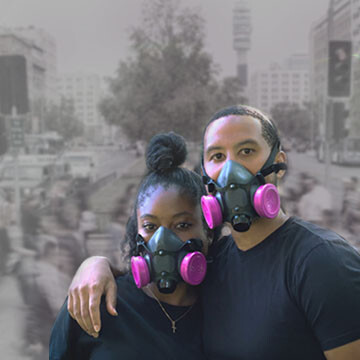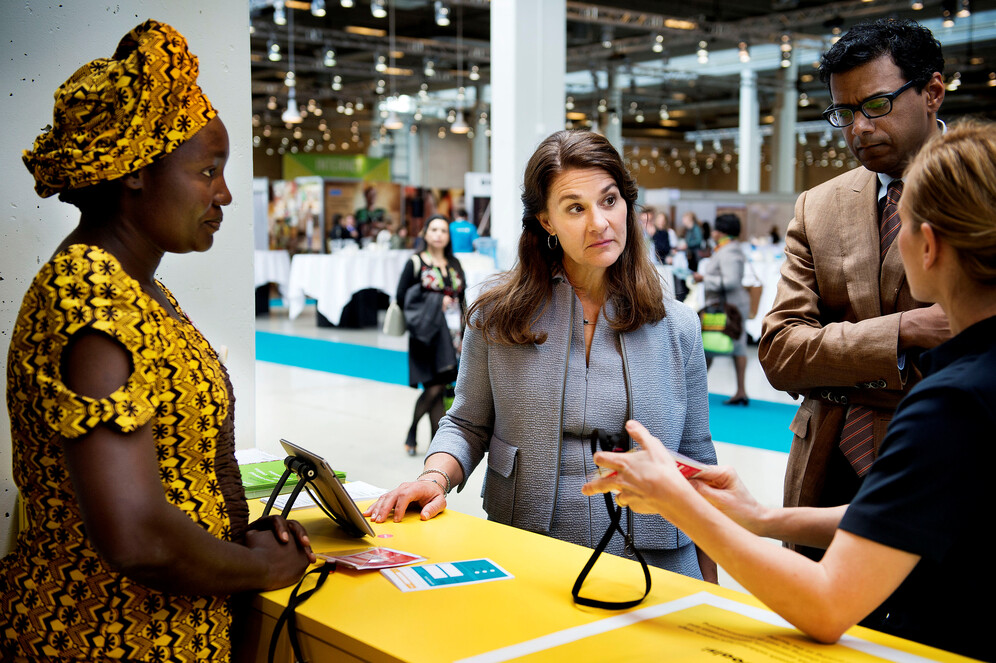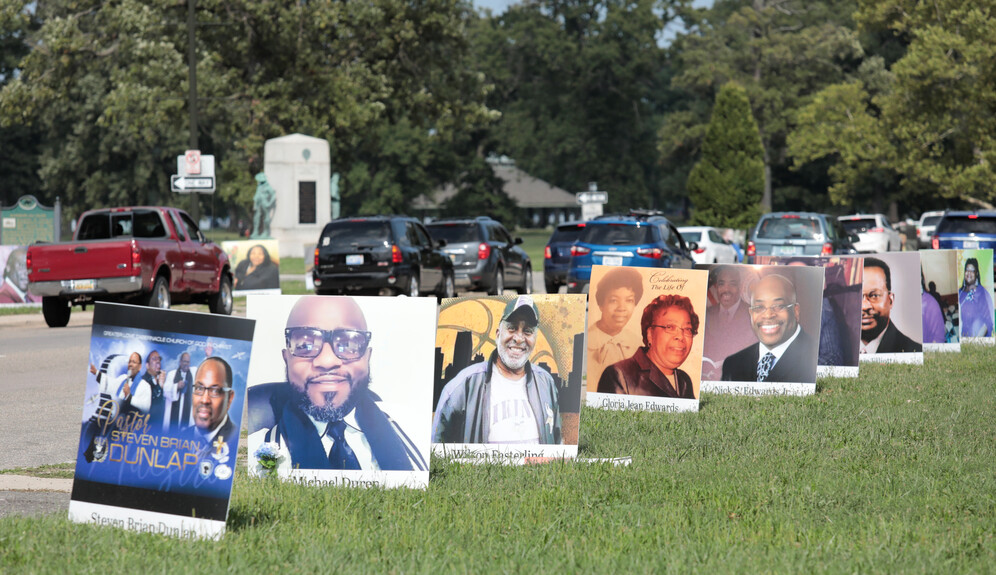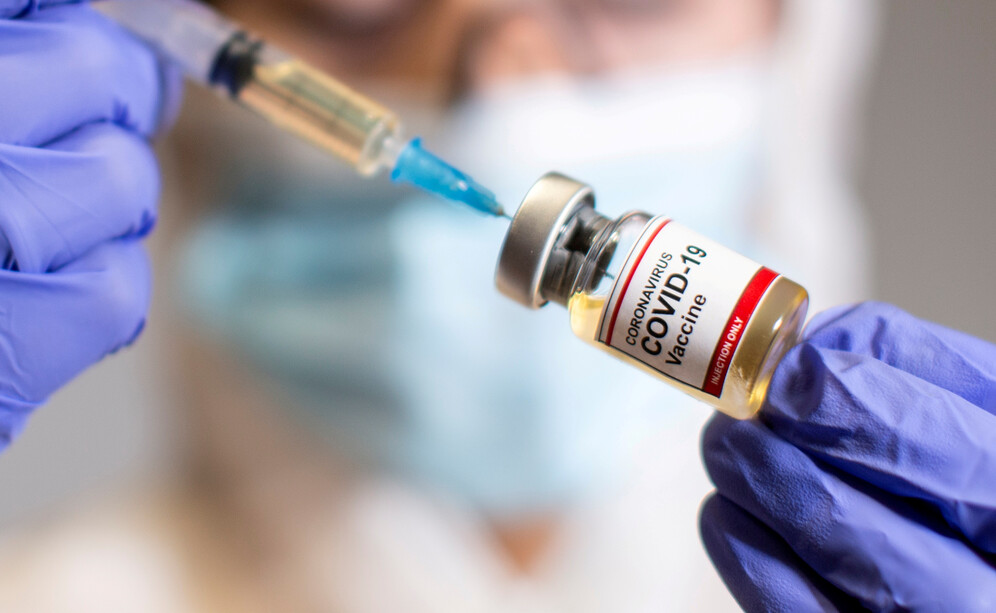
COVID-19 vaccine: Should Black and Latino people get priority?
- What is happening?
- The idea to immunise minority groups first – where does it come from?
- Why does the virus hit people of colour harder in the US?
- Safety concerns or general mistrust of medical science? Both.
- The unethical experiment still marring the collective memory.
- Clinical trials need Black participants to succeed.
- Tiering approach may help avoid racial tensions.
- 1
What is happening?
Social media has been ablaze with criticism over the alleged plans to grant people of colour priority access to the COVID-19 vaccine, should it become accessible any time soon. But the criticism didn’t come from the groups whose immunisation might be pushed back because of it but from Blacks and Latinos themselves. Why did they get so alarmed at what sounds like a legitimate proposal aimed at reaching the most vulnerable populations?
- 2
The idea to immunise minority groups first – where does it come from?
The first wave of criticism was levelled at Melinda Gates, co-founder of the Bill and Melinda Gates Foundation, that has pledged to allocate $100 million for free distribution of COVID-19 vaccines. She told the Times Magazine on June 4, 2020, “The first people that need this vaccine are the 60 million health care workers around the world. They deserve to get it before anybody else. Then you start tiering.” In reply to the question who should get it next, she said: “In the US, that would be Black people next, quite honestly, and many other people of colour.” Distribution strategies will be indeed essential, as the newly-developed vaccines will most likely be in short supply, at least in the first months after launch. However, many members of the Black and Latino communities misconstrued Gates’ motive. They took it as a suggestion to turn them into test subjects for vaccines with unknown long-term health implications. Some expressed their concerns saying, “In other words, we’re the guinea pigs,” and, “We are not crash test dummies, we’ll go after you.”
 Melinda Gates, co-founder of the Bill & Melinda Gates Foundation, participates in Women Deliver, a major women's health and rights conference in Copenhagen, Denmark./Liselotte Sabroe via REUTERS
Melinda Gates, co-founder of the Bill & Melinda Gates Foundation, participates in Women Deliver, a major women's health and rights conference in Copenhagen, Denmark./Liselotte Sabroe via REUTERS - 3
Why does the virus hit people of colour harder in the US?
In reality, the suggestion was an attempt to redress injustice as people of colour in the US have been disproportionately affected by the coronavirus. The statistics show that, despite having no higher genetic predisposition to contract the virus, US Black and Latino residents have, however, been dying from COVID-19 at twice the rate of white people. In Michigan, for example, Black people accounted for 40% of the state’s reported deaths, despite its population of African Americans being only 14%. The main reason behind this is systemic racism which translates into lower incomes, poorer living conditions and fewer healthcare options. As a result, non-white individuals often don’t have access to timely testing or PPE. It’s worth mentioning that Gates was in line with the US National Academies of Sciences, Engineering, and Medicine (NASEM) proposal released in September this year. The Academy stressed the importance of giving vaccine priority to “populations at high risk”, including “racial and ethnic groups” that have been affected by COVID-19 and have died at disproportionately higher rates than other groups in the United States.
 Pictures of Metro Detroit residents, who died from the coronavirus disease, line the street during a drive through memorial, on Belle Isle in Detroit, Michigan/REUTERS by Rebecca Cook
Pictures of Metro Detroit residents, who died from the coronavirus disease, line the street during a drive through memorial, on Belle Isle in Detroit, Michigan/REUTERS by Rebecca Cook - 4
Safety concerns or general mistrust of medical science? Both.
In this case, why did people of colour take offence at the race-based approach? Some argue they felt more stigma put on them because a white person advocated for their rights. One way or the other it’s indicative of a serious trust crisis. A survey released on November 23 indicates that if offered a coronavirus vaccine free of charge, less than half of Black participants and only 66 percent of Latino people would be willing to take it. The principle concerns are safety and effectiveness: 14% of Black people trust a vaccine will be safe, and 18% trust it will protect them from the coronavirus. As for Latinos, 34% trust its safety, and 40% trust it should work. For many Black people, the lack of confidence in the coronavirus vaccine is rooted in history. Throughout history, they were (often unknowingly) subjected to inhumane medical trials and research, among them the Tuskegee experiment.
 REUTERS by Dado Ruvic.
REUTERS by Dado Ruvic. - 5
The unethical experiment still marring the collective memory.
The Tuskegee experiment has surfaced again in connection with the coming vaccination was a secret study conducted by the US government. “Tuskegee Study of Untreated Syphilis in the Negro Male” was meant to observe the progression of the deadly disease if left without treatment. Throughout the study which ran for 40 years (1932 to 1972), none of the 399 men enrolled was made aware of their diagnosis, their condition being simply referred to as “bad blood”. They weren’t offered treatment even after penicillin became widely available 15 years into the trial. As a result, 28 Black men died of syphilis, 100 died of related complications, 40 of their wives were infected, and 19 of their children were born with congenital syphilis. In 1974 Congress passed the National Research Act aimed at preventing the exploitation of human subjects for research purposes. And only in 1997 did President Clinton issue an official apology to the eight remaining survivors of the experiment.
- 6
Clinical trials need Black participants to succeed.
Should the non-white US population indeed choose to forgo the vaccine once it becomes available, it might pose a serious threat to the whole idea of developing a nationwide herd immunity. According to Anthony Fauci, director of the National Institute of Allergy and Infectious Diseases (NIAID), it’s necessary at least two-thirds of the population get immunised for it to kick in. Plus, the general hesitancy when it comes to participating in any clinical trials could threaten the launch of the vaccines in the first place. Both Moderna and Pfizer say diversity is their priority for the Phase 3 trials, but the first Phase 1 Moderna trial included 45 people, only two of them Black. Given that Black people comprise about 13% of the US population, these numbers are far too low. Persuading non-white individuals to take part in clinical trials can be an arduous task. Still, their participation is crucial since medicine could produce different results based on race and genetics. This means one cannot be 100% sure the vaccine would work in African Americans if African Americans did not participate in the clinical trials to create the drug.
 A researcher works in a lab run by Moderna Inc, who said November 16, 2020 that its experimental vaccine was 94.5% effective in preventing COVID-19 based on interim data from a late-stage clinical trial./ Moderna Inc via REUTERS
A researcher works in a lab run by Moderna Inc, who said November 16, 2020 that its experimental vaccine was 94.5% effective in preventing COVID-19 based on interim data from a late-stage clinical trial./ Moderna Inc via REUTERS - 7
Tiering approach may help avoid racial tensions.
Although the idea that particular populations should be vaccinated first once a COVID-19 vaccine becomes available may sound reasonable, individual efforts towards this end could, perhaps, defeat their purpose. Apart from fostering a false belief that Blacks and Latinos are more biologically predisposed to get the coronavirus, they could also ignite racial tensions, since white Americans might feel their wellbeing comes second to that of people of colour. If social and economic factors are viewed as primary in terms of COVID-19 spread and outcome, a location-based approach to tiering vaccination could work as good or even better than race-based. According to Reuters, during the spring outbreak that hit New York the hardest, “In the wealthy, mostly white enclave of Gramercy Park in Manhattan, the rate <was> 31 deaths per 100,000 residents”, while “in Far Rockaway <…>, which is more than 40% Black and 25% Latino or Hispanic, the death rate is nearly 15 times higher: 444 deaths per 100,000 residents”. So, zip codes, for once, could serve as a reliable enough reference to which areas should be prioritised. Experts say that Social Vulnerability Index, used by the CDC (Centers for Disease Control) to identify communities that are most at risk in a disaster situation, could also help determine the comminutes in need of urgent vaccination. The case around immunisation demonstrates that whenever matters of race come into play, it’s advisable to tread lightly – this time, to avoid a new spiral in the US healthcare crisis.



